Java 8+ Features – The Complete Guide to Modern Java
Java has come a long way since its early versions in the mid-90s.
While every release introduced improvements, Java 8 marked a major turning point — transforming Java from an object-oriented language to one that also embraces functional programming, stream processing, and modern development paradigms.
In this detailed guide, we’ll explore all the major Java 8 features and important enhancements introduced in later versions (Java 9 to 17) that every developer should know.
1. Introduction: The Evolution of Java
Before Java 8, the language was largely imperative and class-based. Although powerful, it struggled to keep up with modern development trends such as:
- Functional programming
- Parallel data processing
- Compact code with higher abstraction
- Improved performance and modularization
Java 8, released in March 2014, introduced a host of features that made it cleaner, faster, and more expressive — especially through Lambda expressions, Streams, and Date-Time API.
Later versions (Java 9–17) continued to refine performance, modularization, and syntax.
Let’s begin with the revolutionary changes of Java 8.
2. Key Features Introduced in Java 8
2.1 Lambda Expressions
One of the most powerful features of Java 8, Lambda expressions allow you to write functional-style code — passing behavior as parameters.
Before Java 8:
new Thread(new Runnable() {
@Override
public void run() {
System.out.println("Thread running!");
}
}).start();
With Lambda Expression:
new Thread(() -> System.out.println("Thread running!")).start();
Benefits:
- Cleaner, shorter syntax
- Enables functional programming
- Enhances use of APIs like Streams and Collections
Syntax:
(parameters) -> expression or { statements }
Example:
List names = Arrays.asList("John", "Jane", "Jack");
names.forEach(name -> System.out.println(name));
2.2 Functional Interfaces
A Functional Interface has exactly one abstract method, making it compatible with lambda expressions.
Example:
@FunctionalInterface
interface Greeting {
void sayHello(String name);
}
You can implement it as:
Greeting greet = name -> System.out.println("Hello " + name);
greet.sayHello("Saumya");
Common Functional Interfaces (from java.util.function package):
| Interface | Method | Description |
|---|---|---|
| Predicate | test(T t) | Returns boolean |
| Function | apply(T t) | Returns value of type R |
| Consumer | accept(T t) | Performs an operation |
| Supplier | get() | Returns an object of type T |
2.3 Stream API
The Stream API is another game-changing feature that allows developers to process collections of data in a declarative and parallelizable way.
Instead of using loops, you can now use map, filter, reduce operations to process data efficiently.
Example:
List numbers = Arrays.asList(1, 2, 3, 4, 5);
int sum = numbers.stream()
.filter(n -> n % 2 == 1)
.mapToInt(n -> n * n)
.sum();
System.out.println(sum); // Output: 35
Benefits:
- Functional-style operations on collections
- Supports lazy evaluation
- Can execute in parallel using .parallelStream()
- Cleaner and more concise code
2.4 Default and Static Methods in Interfaces
Before Java 8, interfaces could only have abstract methods.
Now, they can include default and static methods — allowing backward compatibility and code reuse.
Example:
interface Vehicle {
default void start() {
System.out.println("Vehicle started");
}
static void info() {
System.out.println("Static method in interface");
}
}
2.5 Optional Class
To handle NullPointerException elegantly, Java 8 introduced the Optional class in java.util.
Example:
Optional name = Optional.ofNullable(null);
System.out.println(name.orElse("Default Name"));
Key Methods:
- isPresent() – Checks if value is present
- orElse() – Returns default value if null
- ifPresent() – Executes block if value is present
2.6 New Date and Time API (java.time)
The old java.util.Date and Calendar APIs were complex and error-prone.
Java 8 introduced a new, immutable, thread-safe API inspired by Joda-Time.
Example:
LocalDate today = LocalDate.now();
LocalDate birthday = LocalDate.of(1995, 10, 6);
Period age = Period.between(birthday, today);
System.out.println("Age: " + age.getYears());
Key Classes:
- LocalDate, LocalTime, LocalDateTime
- ZonedDateTime (time zone support)
- Duration, Period (for measuring time)
2.7 Nashorn JavaScript Engine
Java 8 introduced Nashorn, a lightweight JavaScript engine that allows you to run JavaScript code on the JVM.
Example:
ScriptEngine engine = new ScriptEngineManager().getEngineByName("nashorn");
engine.eval("print('Hello from JavaScript')");
(Note: Nashorn was deprecated in Java 11.)
2.8 Parallel Arrays (Arrays.parallelSort)
Java 8 introduced parallel sorting for large arrays to improve performance using multiple threads.
Example:
int[] numbers = {5, 1, 3, 8, 2};
Arrays.parallelSort(numbers);
System.out.println(Arrays.toString(numbers));
2.9 Collectors and Reduction Operations
The Collectors class provides utilities to collect Stream results into lists, maps, or summary statistics.
Example:
List names = Arrays.asList("Sam", "Alex", "Bob", "Sam");
Map count = names.stream()
.collect(Collectors.groupingBy(Function.identity(), Collectors.counting()));
System.out.println(count);
3. Enhancements Beyond Java 8
After Java 8, subsequent versions introduced modularization, better memory management, and new syntax improvements.
3.1 Java 9 – The Modular System (Project Jigsaw)
Key Features:
- Module System: Introduced module-info.java to encapsulate packages.
- JShell: Interactive command-line tool for testing snippets.
- Private Interface Methods: Interfaces can now have private methods.
- Improved Stream API: Added new methods like takeWhile(), dropWhile(), and iterate().
Example of a module declaration:
module com.example.myapp {
requires java.sql;
exports com.example.service;
}
3.2 Java 10 – Local Variable Type Inference
Introduced the var keyword for local variable type inference.
Example:
var name = "Saumya"; // inferred as String
var number = 10; // inferred as int
Benefits:
- Cleaner code without sacrificing type safety
- Reduces verbosity
3.3 Java 11 – LTS Release
Key Additions:
- New string methods: isBlank(), lines(), strip(), repeat()
- var in lambda parameters
- HTTP Client API (standardized from Java 9’s incubator version)
- Z Garbage Collector (ZGC) – ultra-low latency GC
Example:
String text = "Hello\nWorld\n";
text.lines().forEach(System.out::println);
3.4 Java 12 – 14 Enhancements
- Switch Expressions (Preview in Java 12, Standard in Java 14):
Enables concise switch statements that return values.
Example:
String result = switch (day) {
case MONDAY, FRIDAY -> "Weekday";
case SATURDAY, SUNDAY -> "Weekend";
default -> "Invalid";
};
- Text Blocks (Preview in Java 13, Standard in Java 15):
Multi-line string literals for better readability.
Example:
String html = """
Hello, World!
""";
3.5 Java 15 – Sealed Classes (Preview)
Sealed classes restrict which other classes can extend or implement them.
Example:
public sealed class Shape permits Circle, Square {}
public final class Circle extends Shape {}
public final class Square extends Shape {}
Purpose:
Provides more control over inheritance and better modeling of domain hierarchies.
3.6 Java 16 – Records
Records are a compact way to create immutable data carriers (similar to DTOs).
Example:
public record Person(String name, int age) {}
Automatically generates:
- Constructor
- Getters
- toString(), equals(), and hashCode()
3.7 Java 17 – Long-Term Support (LTS)
Java 17 consolidated many features from earlier releases and stabilized modern syntax.
Major Highlights:
- Sealed Classes (finalized)
- Pattern Matching for instanceof
- Enhanced Pseudo-Random Number Generator (PRNG) APIs
- Strong encapsulation for JDK internals
Example:
if (obj instanceof String s) {
System.out.println(s.toUpperCase());
}
4. Summary Table: Java 8+ Feature Evolution
| Version | Major Features | Focus Area |
|---|---|---|
| Java 8 | Lambda, Streams, Optional, Date/Time, Default Methods | Functional Programming |
| Java 9 | Modules, JShell, Private Methods in Interfaces | Modularity |
| Java 10 | var Keyword | Type Inference |
| Java 11 | HTTP Client, ZGC, String Methods | Performance & Usability |
| Java 12–14 | Switch Expressions, Text Blocks | Code Simplification |
| Java 15 | Sealed Classes (Preview) | Type Safety |
| Java 16 | Records, Pattern Matching | Data Modeling |
| Java 17 | LTS, Stabilized Modern Features | Long-term Stability |
5. Why Java 8+ Matters for Developers
- Functional Programming Revolution: Lambdas and Streams bring Java closer to modern languages like Python and Kotlin.
- Improved Performance: Modern GCs and concurrent enhancements boost efficiency.
- Cleaner Syntax: Features like var, switch expressions, and records reduce boilerplate code.
- Better Modularity: Project Jigsaw (Java 9) helps structure large applications.
- Continued Relevance: Java 8 and Java 17 remain the most widely used LTS versions today.
6. Final Thoughts
Java 8 was not just an update — it was a paradigm shift. It redefined how Java applications are written, bringing in functional programming, efficient data processing, and robust APIs.
Subsequent releases (Java 9–17) built on this foundation, offering modularization, more expressive syntax, and significant performance improvements.
If you’re still on pre-Java 8 code, it’s time to modernize — embrace Lambda, Streams, and Records, and experience how modern Java combines power, simplicity, and scalability.
Next Blog- SOLID Principles in Java — Building Strong Foundations for Scalable Software
 (31).png)
 (17).png)
.png)
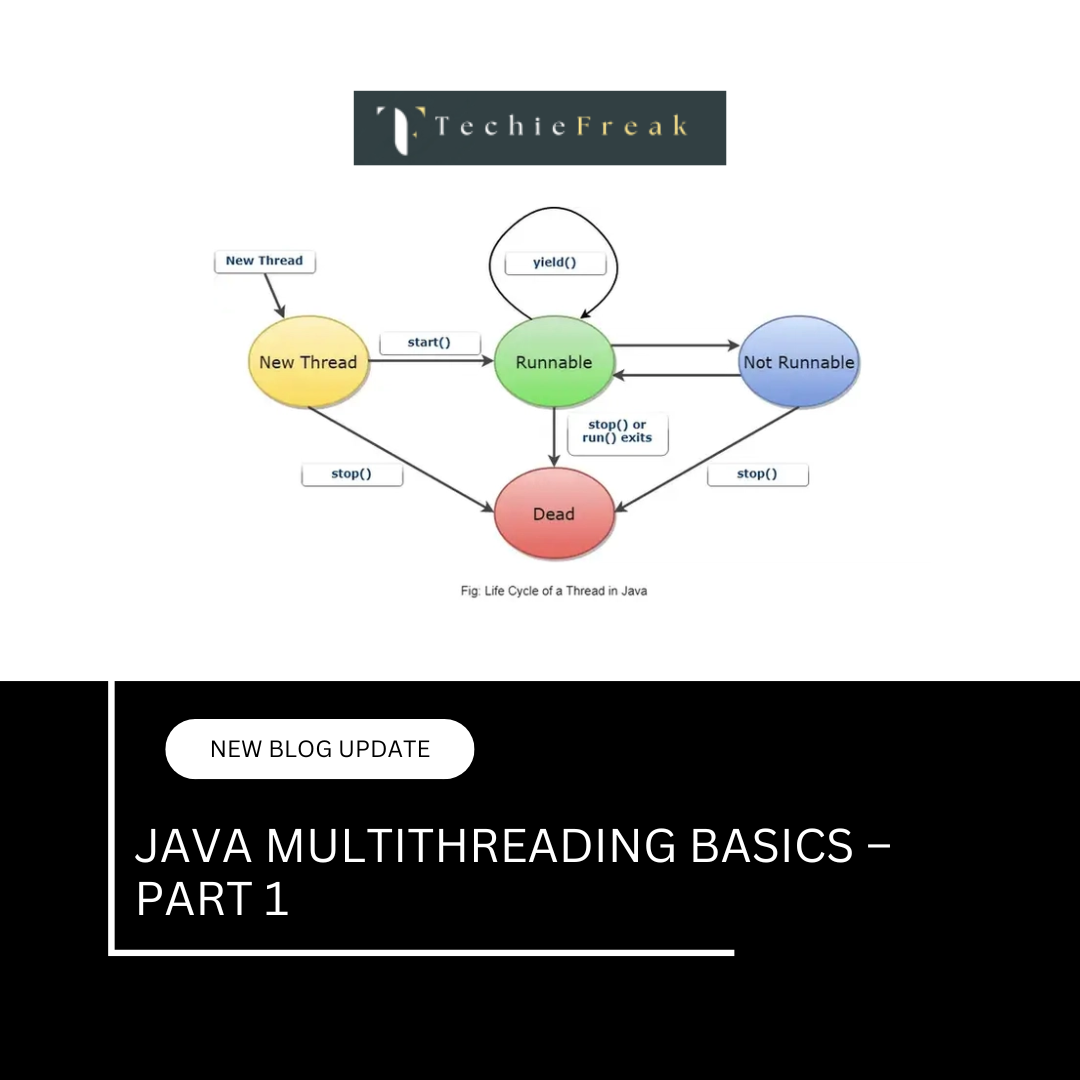
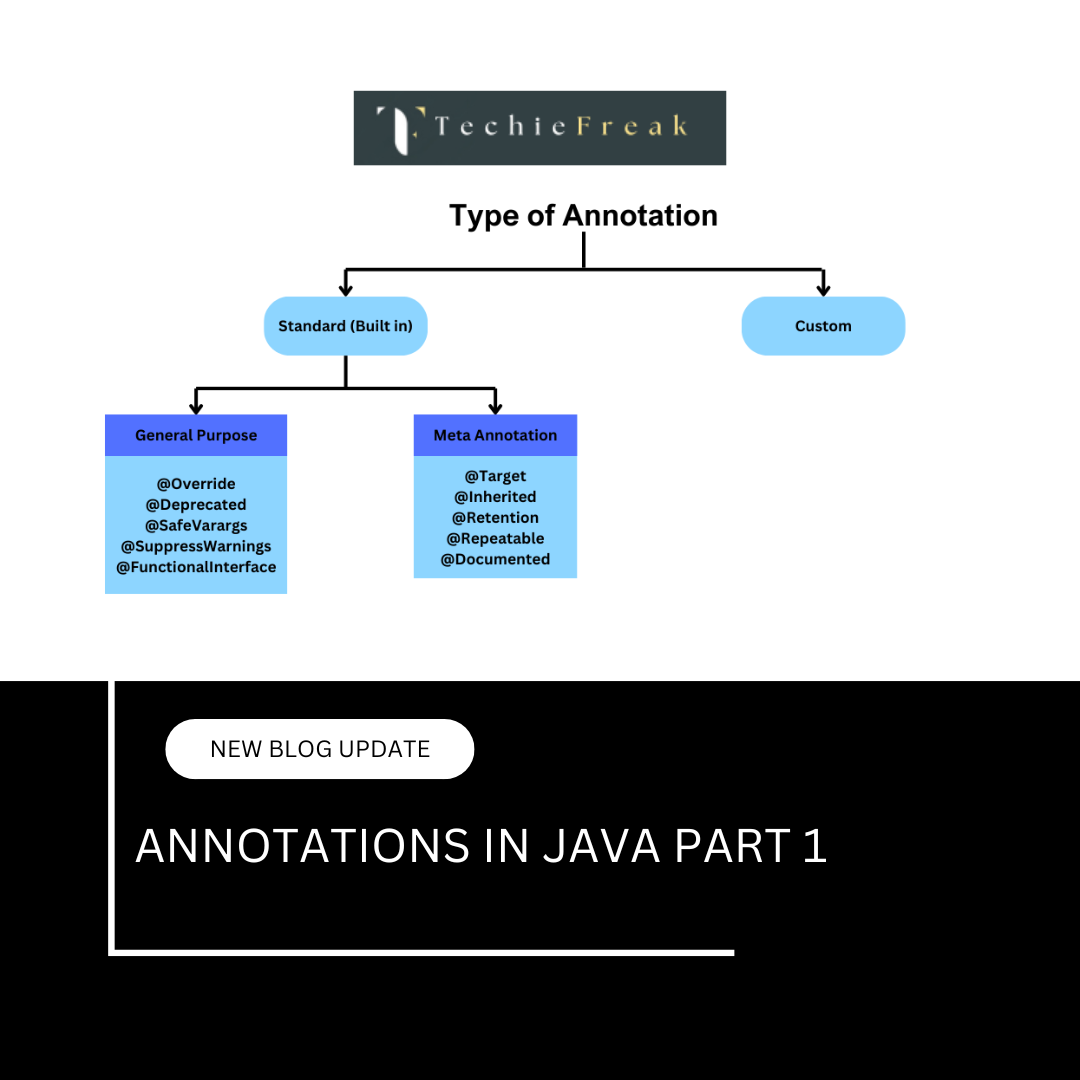
 (18).png)
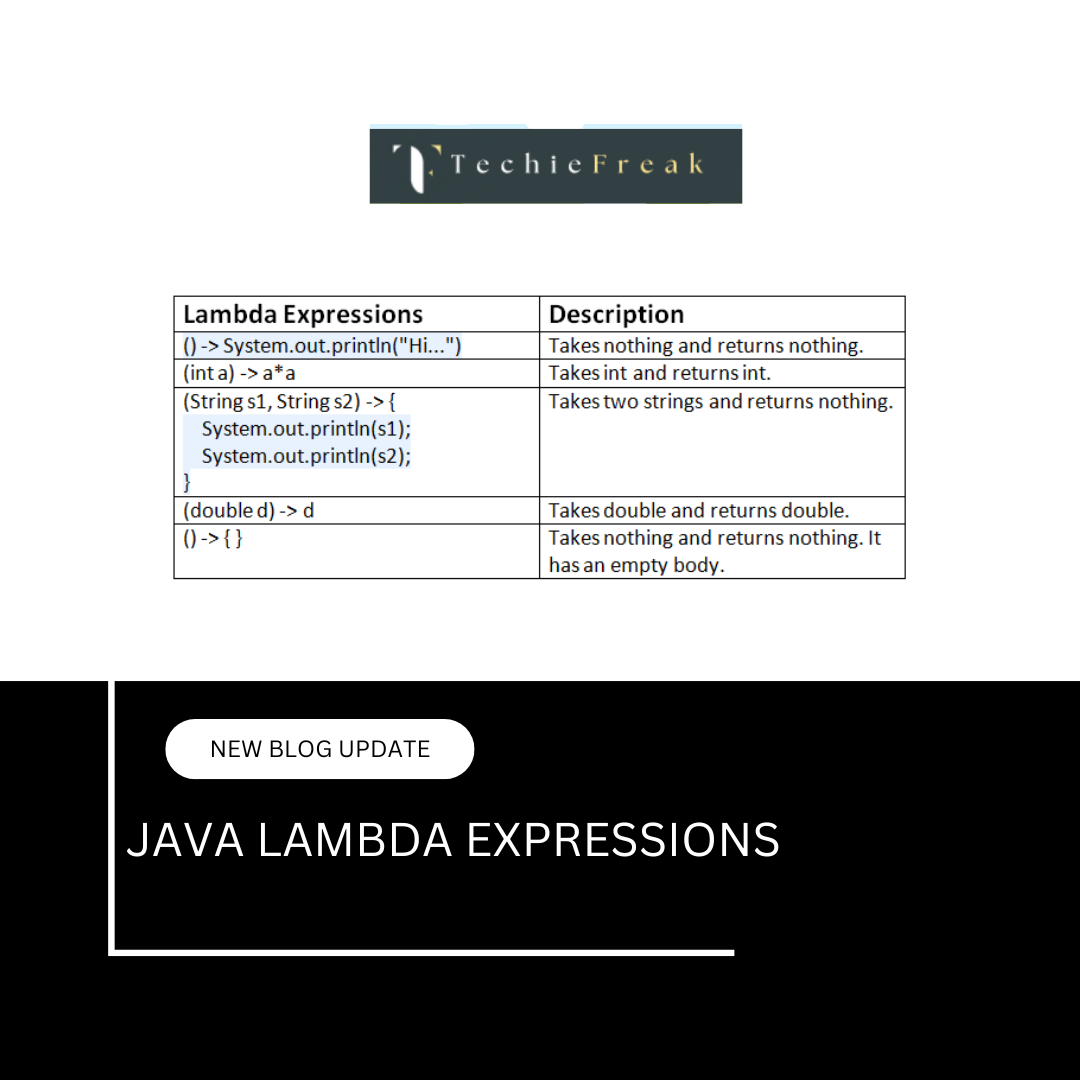
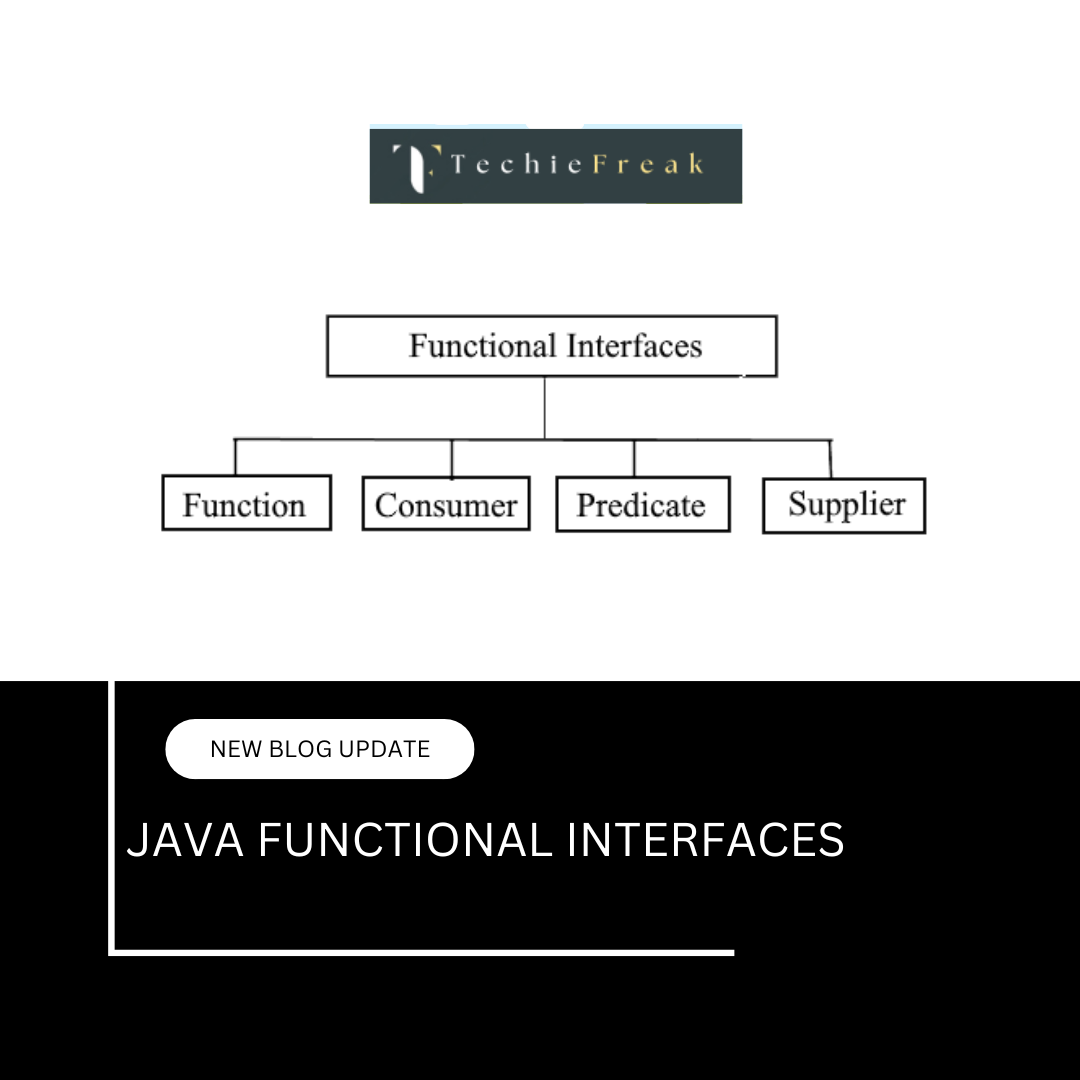
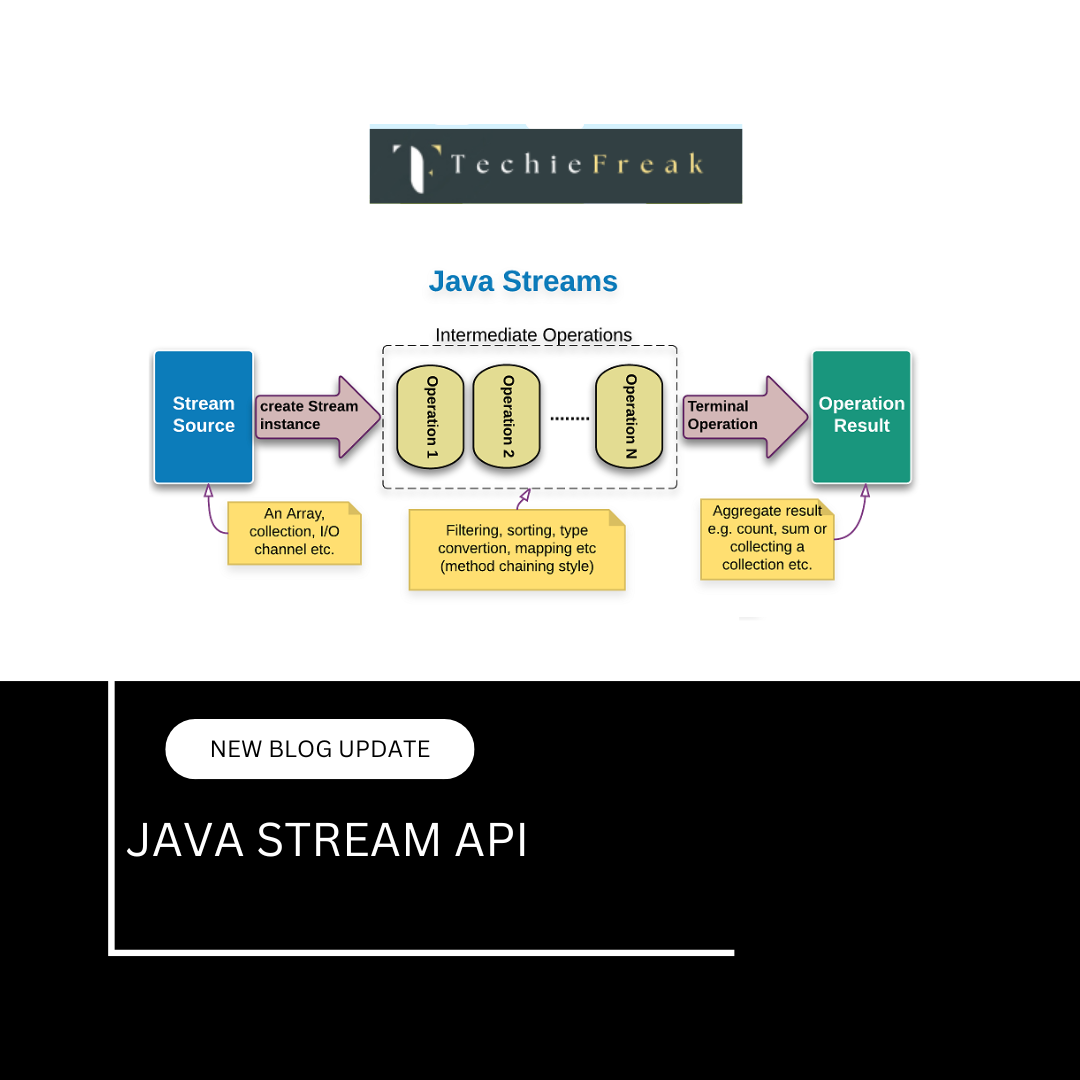
.png)
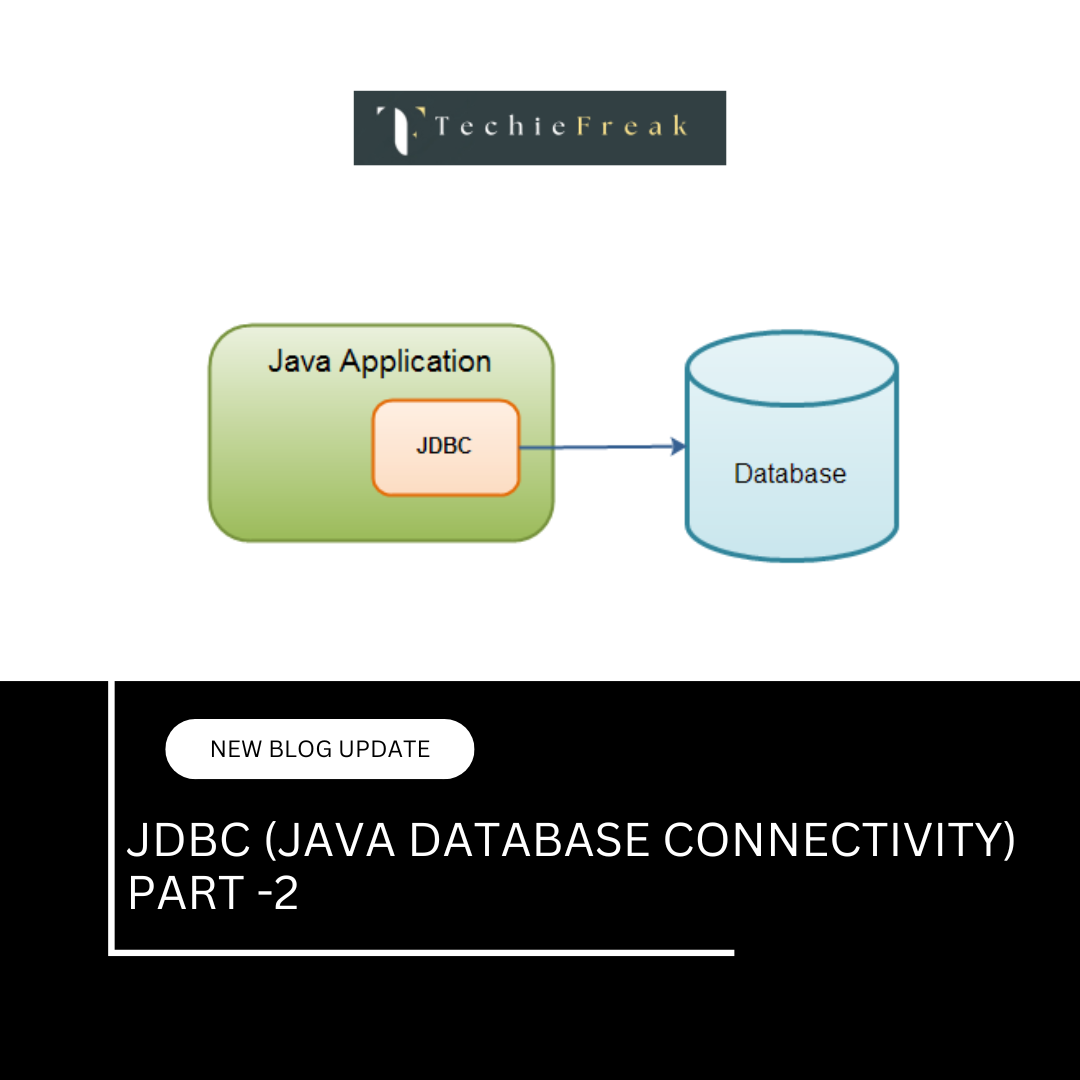
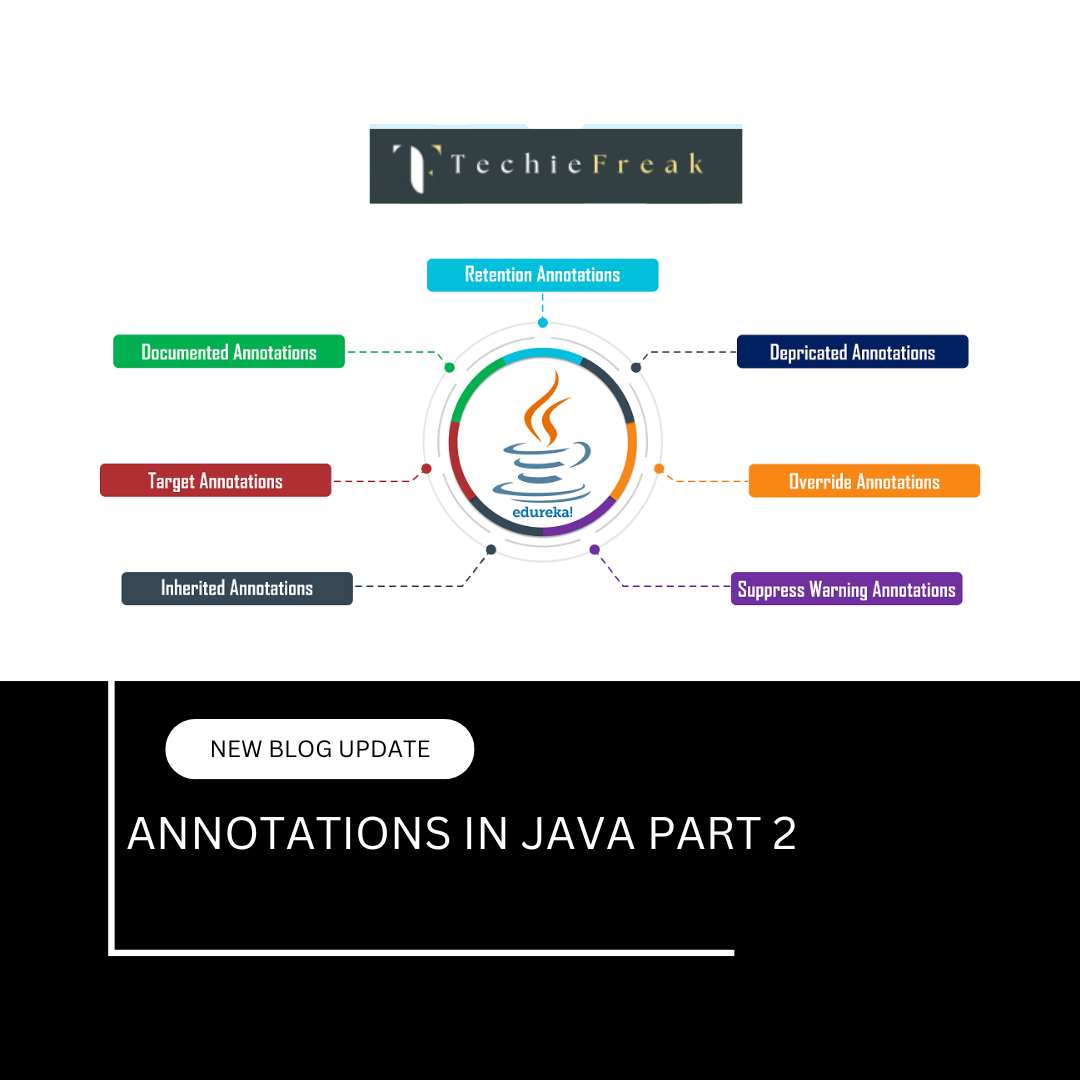
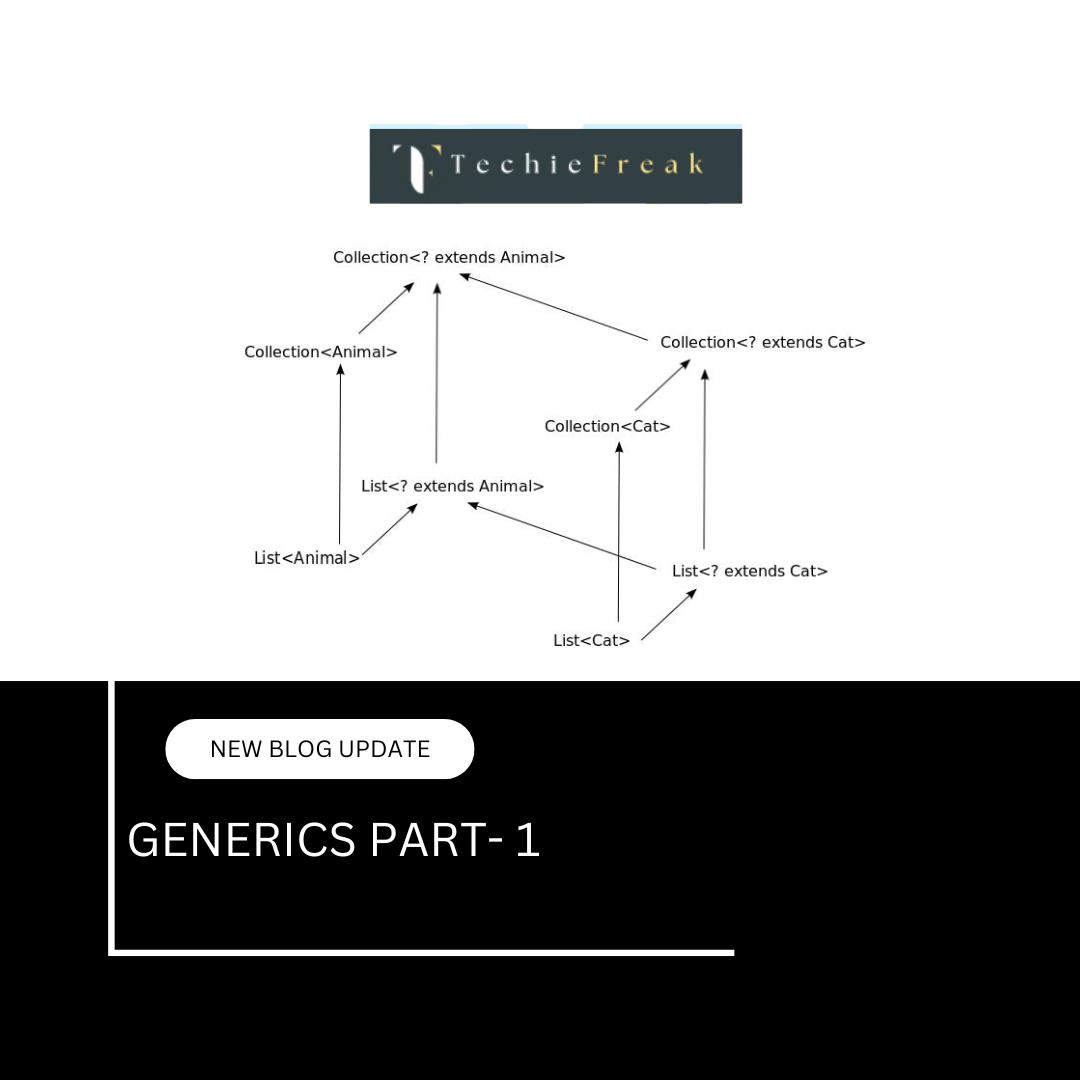
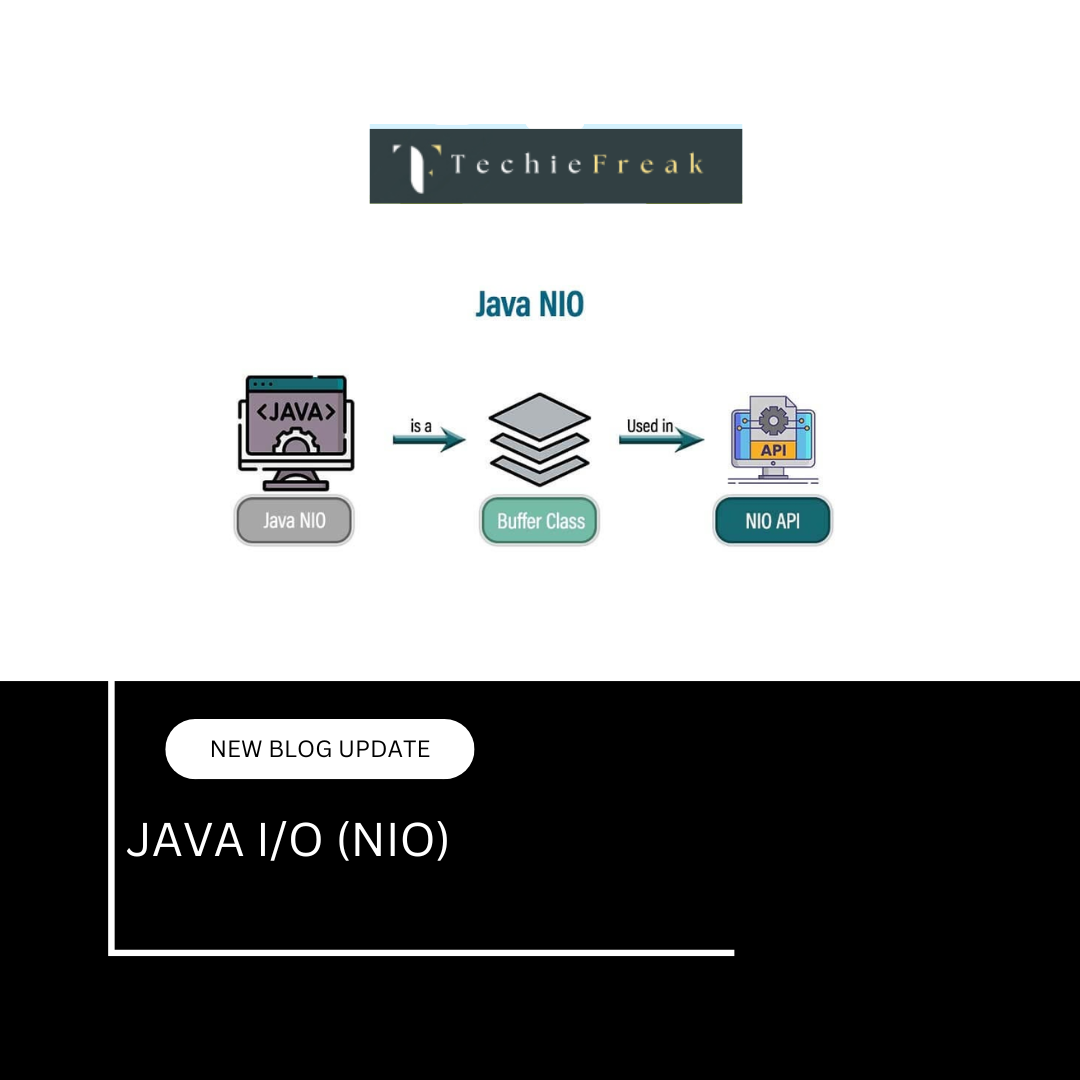
.png)
 (1).png)
 (2).png)
 (3).png)
 (4).png)
 (5).png)
 (6).png)
 (9).png)
 (7).png)
 (10).png)
 (8).png)
 (10).png)
 (12).png)
 (13).png)
 (13).png)
 (15).png)
 (16).png)
 (19).png)
 (20).png)
 (21).png)
 (22).png)
 (23).png)
 (24).png)
 (25).png)
 (26).png)
 (27).png)
 (28).png)
 (29).png)
 (30).png)

 (32).png)
 (33).png)
 (34).png)
 (35).png)
 (36).png)
 (37).png)
 (38).png)
 (39).png)
